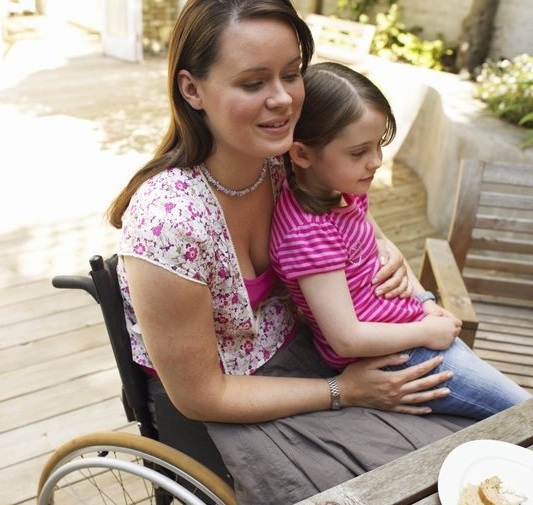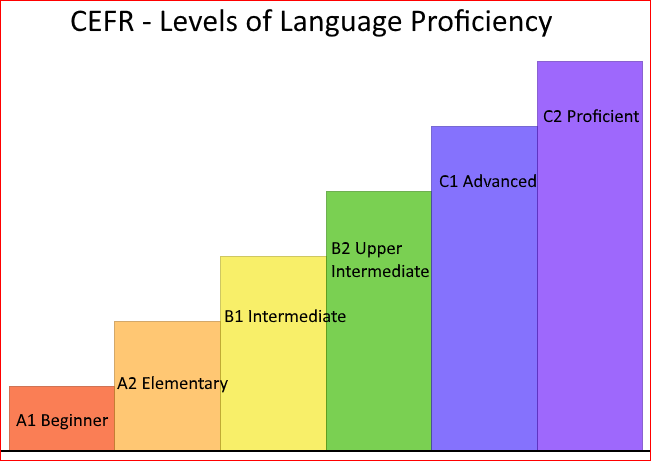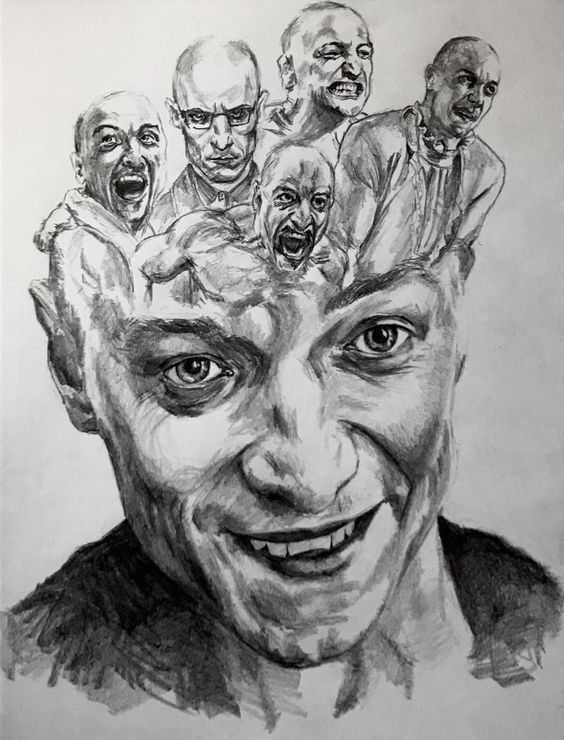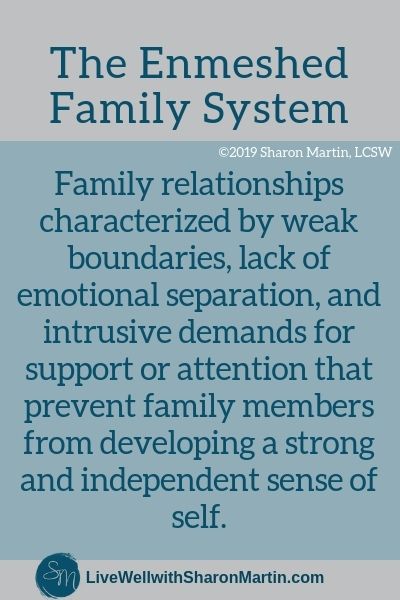Counseling disabled people
Working with Clients With Disabilities
Introduction
When we, as a profession, consider ways to advance psychotherapy, we must begin by striving for nothing less than fair, accessible, and clinically competent services for all populations—especially those who have historically been underserved and underrepresented. One such population that is frequently overlooked and underappreciated on a global realm are persons with disabilities (PWD), who form the largest minority in the country (United States Department of Labor, 2017). In the United States alone, the Centers for Disease Control and Prevention (2019) reported that there are more than 61 million adults with a registered disability. The authors defined the term “disability” as a physical and or mental limitation that impacts one or more major life activities. This statistic equates to one in four U.S. adults, or 26% of our nation’s adult population (CDC, 2019).
The American Psychological Association’s Guidelines for Assessment of and Intervention With Persons With Disabilities (2012) described the lack of training psychologists receive as it pertains to disability. This is concerning in and of itself given the considerable amount of individuals living with disabilities. Limited training available in serving clients with disabilities further hinders the profession’s ability to advance. For our profession and psychotherapy as a whole to progress and provide the culturally responsive services to which our clients are entitled, the profession and clinicians must engage in a conversation about disability education, concerns, rights, and areas of advocacy.
Societal Messages
From a young age, children with disabilities hear they are different in various settings (i.e., school, doctors, society). Many professionals continue to operate from the medical model, which emphasizes “fixing” what is considered broken. This can imply that if something cannot be fixed, the person is “broken.” These environmental messages experienced by children with disabilities establish their worldview of themselves and others (Chapel, 2005). Environmental messages do not seize in childhood; they continue throughout the lifespan into adulthood with more complexities as the PWD experiences the world around them.
PWD deal with challenges and issues within their families, environment, and society. Depending on the family’s understanding of disability and the various identities held, those negative messages can be perpetuated and further oppress the PWD’s abilities and strengths. Families often have a negative understanding of disability based on the information they receive from professionals, which can also be influenced by cultural beliefs. Depending on the limitations of the PWD, families may assume the individual to be incapable. Due to these experiences, an understanding of how to work with clients with disabilities and the systems they navigate is vital to addressing concerns while providing culturally responsive care (Tapia-Fuselier & Ray, 2019). Providing sensitive care begins with understanding the barriers faced by PWD.
Environmental Barriers
The CDC (2019) describes different types of environmental barriers that exist, thus placing greater hardships on PWDs. These include:
- Attitudinal barriers (such as the use of stereotypes, stigma, discrimination)
- Communication barriers (such as means of communication that are inaccessible to PWD)
- Physical barriers (such as those that hinder mobility)
- Policy barriers (lack of familiarity or not adhering to enacted laws and regulations)
- Programmatic barriers (such as difficulties with the provision of healthcare services and programming)
- Social barriers (such as unequal employment rates and a lessened likelihood of graduating high school)
- Transportation barriers (often due to inaccessibility; CDC, 2019).
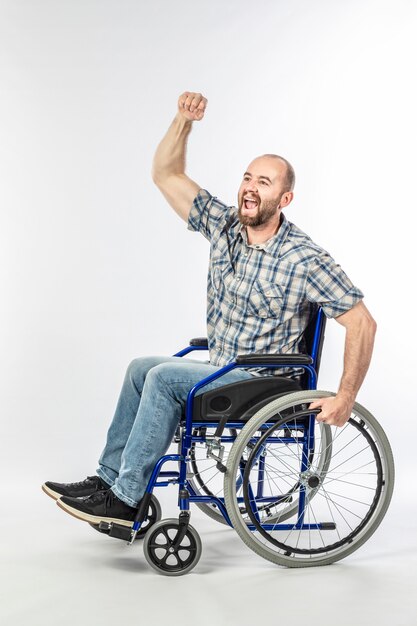
Wright (1983) provided that the gravity of one’s limitations can be amplified or reduced based on environmental conditions and that we cannot accurately consider concerns pertaining to coping and adjusting to one’s disability without first acknowledging the specific problem(s) within a social and physical environment. While clinicians without disabilities will not be able to truly understand the magnitude of barriers and their effects on persons with a disability, we must empathize and stay with clients in the process of maneuvering through various systems and encourage change on a communal level (Marini et al., 2018).
Psychosocial Attitudes
While perceptions and beliefs about disabilities vary depending on one’s location and country of origin, there are a plethora of reasons as to why disability-based stigma continues to exist across the globe. Values, beliefs, family members, places of worship, education systems, and the media can influence attitudes (Joe & Miller, 1987). In addition, outside factors such as perceptions of physical attractiveness, competencies and abilities, and communication skills can influence us (Gresham, 1982; Longo & Ashmore, 1995; Yuker, 1988).
In addition, outside factors such as perceptions of physical attractiveness, competencies and abilities, and communication skills can influence us (Gresham, 1982; Longo & Ashmore, 1995; Yuker, 1988).
We may perceive an increase in comfort to those who are most similar to us based on age, ethnicity, educational attainment, and socioeconomic status (Gosse & Sheppard, 1979; McGuire, 1969; Rabkin, 1972; Sue & Sue, 1999). Such factors, along with previously held beliefs, can influence one’s perception and attitudes toward other individuals—especially those with disabilities.
Rohwerder (2018) found that disability stigma can often be attributed to misunderstandings and lack of familiarity with causes and types of disabilities, misperceptions about the abilities of persons with disabilities (e.g., not being able to contribute financially or engage in intimacy), and both proposed and enacted policies that do not support persons with disabilities. For example, historically, of the disability categories, persons with physical disabilities have been found to be least stigmatized, followed by individuals with cognitive disabilities, individuals with intellectual disabilities, and individuals with mental illnesses (Antonak, 1980; Charlton, 1998; Tringo, 1970).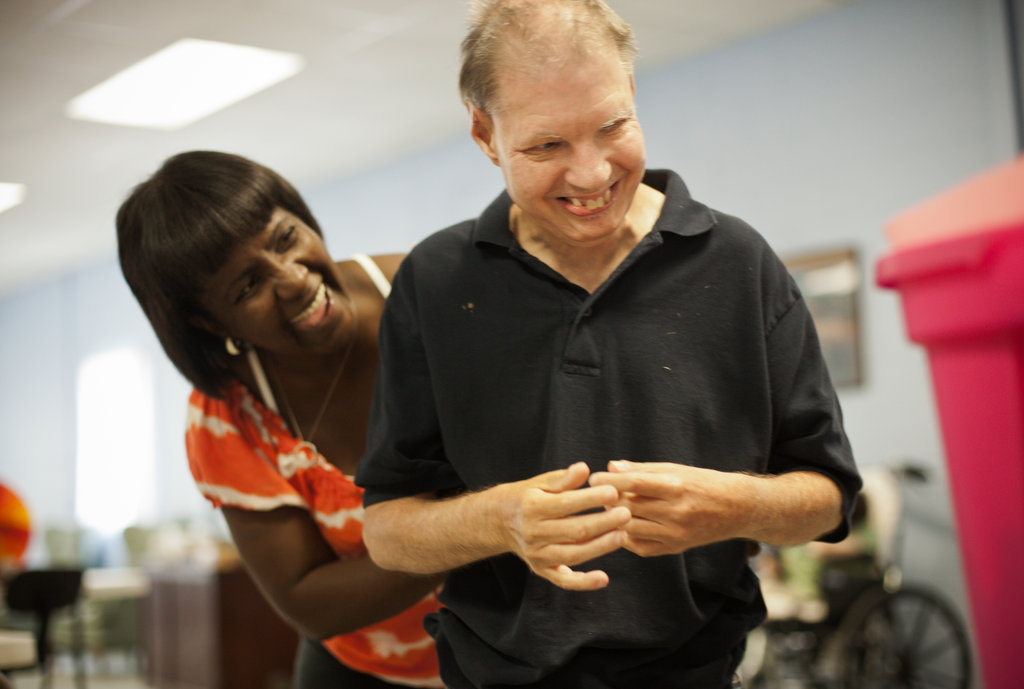 While invisible disabilities are becoming more accepted by society through mental health advocacy efforts, they continue to remain highly stigmatized due to misperceptions about invisible disabilities and what they entail. Many of the negative attitudes toward disability can ultimately be attributed to lack of contact and positive exposure to persons with disabilities, as well as a lack of knowledge base and education about disabilities.
While invisible disabilities are becoming more accepted by society through mental health advocacy efforts, they continue to remain highly stigmatized due to misperceptions about invisible disabilities and what they entail. Many of the negative attitudes toward disability can ultimately be attributed to lack of contact and positive exposure to persons with disabilities, as well as a lack of knowledge base and education about disabilities.
While Olkin (1999) explained that a first impression, appearance, and the severity of one's disability could, in fact, influence attitudes, initial negative attitudes lessen upon familiarity with the individual and an understanding that disability is but one trait. Increasing contact, familiarity, and accurate learning opportunities about disabilities (that are not based on media portrayals) can, and have, been shown to result in more positive attitudes toward PWDs and disabilities as a whole.
Internalized Biases
Before exploring the ways to improve serving PWD in psychotherapy, we must address internalized biases about PWD. Take a moment to consider the meaning placed on the word “disability.” Often, people create an image in their mind of what they see when they read the term “disability.” The image that appears may be representative of what society depicts as someone with a disability or based on personal experience. Examining the thoughts and feelings that we associate with the image are important to further work through biases about PWD.
Take a moment to consider the meaning placed on the word “disability.” Often, people create an image in their mind of what they see when they read the term “disability.” The image that appears may be representative of what society depicts as someone with a disability or based on personal experience. Examining the thoughts and feelings that we associate with the image are important to further work through biases about PWD.
Individuals without disabilities tend to concentrate on what they perceive to be adverse aspects of having a disability (Smart, 2009). If not checked, can influence clinicians’ work with clients and their families (Hartley, 2012). Therefore, therapists must strive to increase knowledge and competencies when working with the disability community.
Exploring self as the therapist is essential to address necessary conversations with clients with disabilities regarding their disability and intersecting identities. If internalized biases are not explored or addressed, clients with disabilities may encounter difficult experiences with a therapist, which could further oppress their disability identity.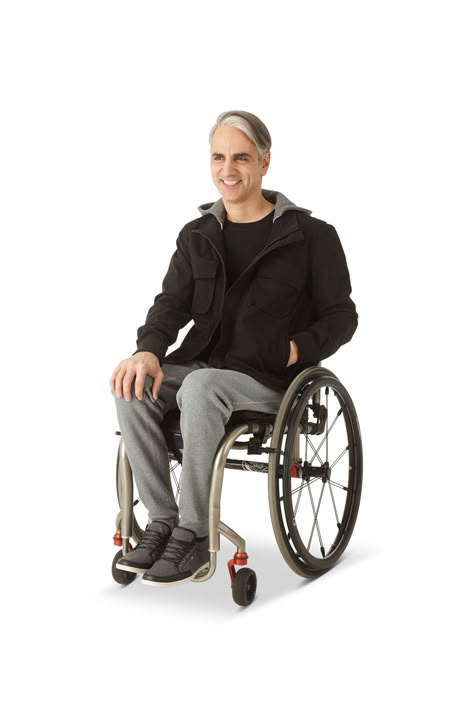 By working through misconceptions of PWD, therapists have more internal resources to inquire and manage aspects of the client’s life that may be difficult or uncomfortable to discuss (i.e., sex, relationships, barriers, life plan, etc.). Applying the information presented will lead to more thoughtful and responsive care for PWD.
By working through misconceptions of PWD, therapists have more internal resources to inquire and manage aspects of the client’s life that may be difficult or uncomfortable to discuss (i.e., sex, relationships, barriers, life plan, etc.). Applying the information presented will lead to more thoughtful and responsive care for PWD.
Recommendations
- The use of expressive arts provides an opportunity to bridge PWD’s experience with a disability.
- Participate in psychology-focused and interdisciplinary-based training focused on serving clients with disabilities.
- Update the intake paperwork process to be more accessible (i.e., online platform, large print, simple language, etc.).
- Ensure there is access to the clinic entrance, waiting room, and therapy room (signs, movable furniture, adjustable lighting) for mobility aids.
- Provide referrals and resources for axillary services to reduce healthcare barriers.
- Have access to interpreters (in-person or video relay), translation services for linguistically diverse and Deaf/deaf or hard of hearing clients.

- Consider cultural perspectives from family/partner(s) toward PWD disability.
- Apply an intersectionality framework when working with this population as all aspects of identity, including disability status, need to be considered.
- Identify ways to engage in advocacy (through legislative votes, conversations about accessibility, etc.).
- Utilize the APA’s Guidelines For Assessment of and Intervention With Persons With Disabilities and ARCA Disability-Related Counseling Competencies to ensure culturally responsive care.
Conclusion
Marini and Stebnicki (2018) described the extensive literature regarding the impact perceived adverse conditions can have on an individual, which is why clinicians must be willing to address social justice concerns hindering client development and growth within various realms of their lives. It is not enough for therapists to help clients adjust to living in a non-disabled world, as our work will then be left “unfinished or incomplete” (Marini & Stebnicki, 2018).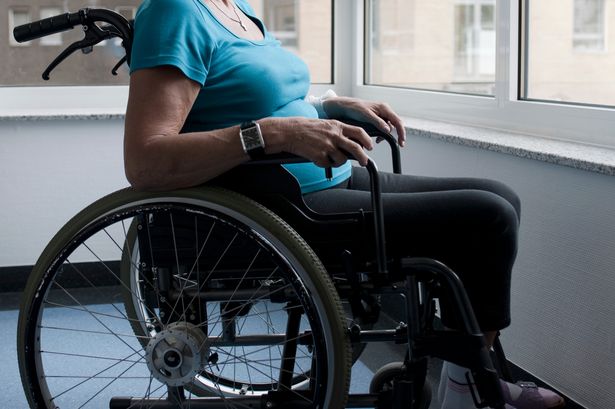 As our profession continues to serve marginalized and underserved populations, such as persons with disabilities, increased education, training, and advocacy must remain at the forefront of our work.
As our profession continues to serve marginalized and underserved populations, such as persons with disabilities, increased education, training, and advocacy must remain at the forefront of our work.
+29
-2
Disability Counseling Institute
Providing hope and support during difficult life transitions.
The Disability Counseling Institute is dedicated to providing competent counseling for those living with a physical disability as well as their family members. Through therapy we assist people in the adjustment to disability, and help them learn to accept and thrive.
Working with people with disabilities is a specialized field that requires specific education and training. In order to meet the needs of the growing disability community, we provide training to professionals on disability competent counseling and adjustment to disability through courses, individual and group training, consultation, and supervision, we also educate therapists and other professionals on the fundamentals of working with and providing services to individuals with disabilities to promote awareness.
Contact Us
Nora, Indianapolis
[email protected]
(317) 688-7097
Adjustment Counseling
You don’t have to do it alone. When you experience something as life altering as acquiring a disability, there are significant challenges during the transition. However, these challenges don’t have to be permanent. You can choose to not let one aspect of who you are define you.
Training & Courses
Training for therapists, social workers, nurses, case managers, support staff, and other helping professionals can be provided individually or in groups. In addition, online courses will be available for independent study.
Consultation
We work with individuals, organizations, and government offices to educate and advise on disability related topics and best practices. This includes cultural competence, accessibility of websites and documents, and adapting services to meet the needs of those with disabilities.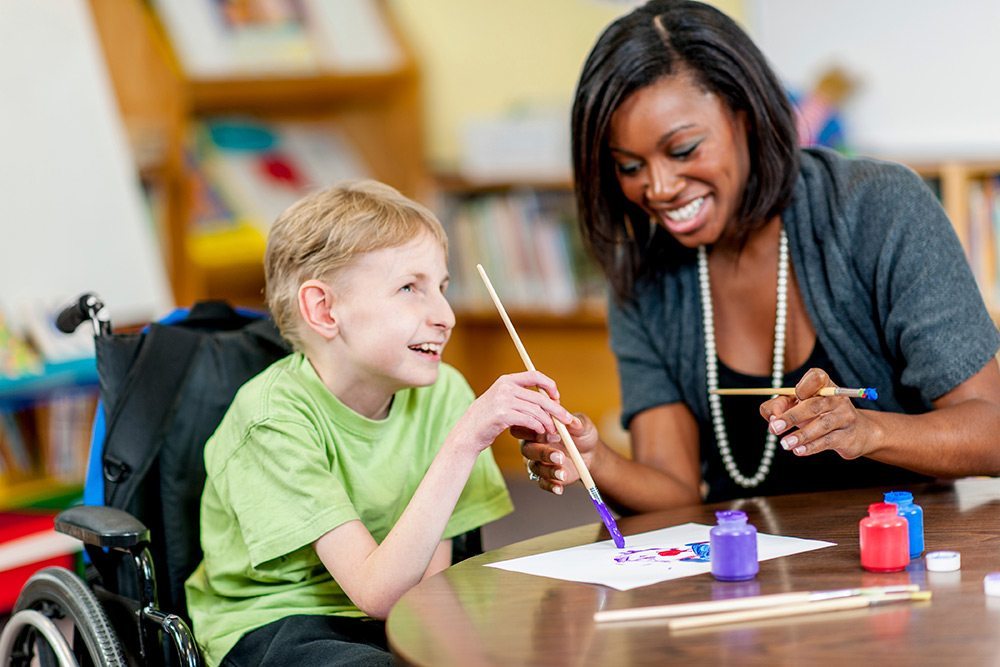
Visual Impairment/Blindness
Spinal Cord Injury
Traumatic Brain Injury (TBI)
Acquired Brain Injury
Multiple Sclerosis (MS)
Chronic Illness
Epilepsy
Cerebral Palsy
Compassion Fatigue
Adjustment/Acceptance
Cystic Fibrosis
Celiac Disease
Introduction to Disability Inclusive Practice and ADA Compliance for Therapists
A guidebook for ensuring that you are giving people with disabilities equal access to services.
As mental health professionals, we all want to be inclusive and serve our clients to the best of our ability. Have you ever stopped to consider whether your practice is disability inclusive? As a counselor, social worker, psychologist, or other professional, disability inclusion is not only about being an ally to an under served population; it’s also about being in compliance with federal laws.
Sign up to get the free ADA Compliance Guide
Psychological counseling for the disabled
Definition 1
Psychological counseling for the disabled is the process of identifying socio-psychological problems that are significant for the disabled. They can arise in the field of interpersonal relationships and communication, relate to behavior in a family or in a group.
Tasks and types of psychological counseling
Today, more and more positive reviews began to gain such a direction of psychology as psychological counseling. Thanks to him, it becomes possible not only to determine the way out of difficult life situations, but also to adapt to them, looking with different eyes and choosing an individual style of behavior.
Note 1
The main task of psychological counseling is to help the client. He must look at his life problems and difficulties from the outside by discussing all aspects of the relationship, which, being the source of difficulties, as a rule, are not recognized and not controlled.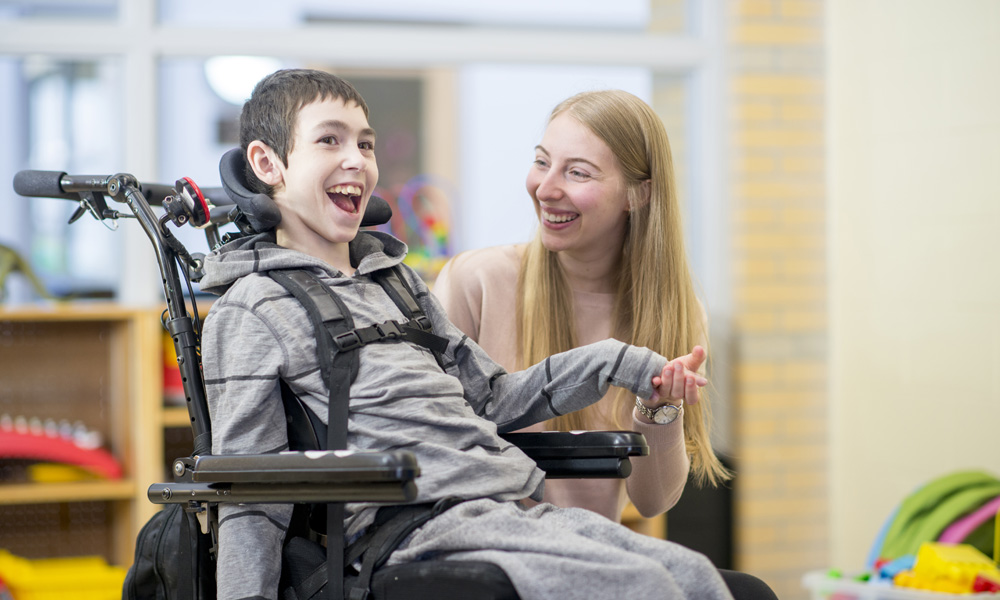
Conventionally, there are several basic types of psychological counseling:
- Psychological and pedagogical counseling, which is used in establishing relationships between parents and children who prefer different styles of education;
- Family counseling used for spouses;
- Age-related psychological counseling, controlling the process of mental development of children;
- Personal counseling focusing on self-knowledge, achievement of personal growth goals;
- Professional counseling to help you decide on a profession;
- Business consulting that promotes team building, etc.
Separately, psychological counseling for people with disabilities (disabled health) should be considered. In the system of psychological assistance to such people, different methods of psychological counseling are used. The main one can be called an interview (conversation).
Psychological and pedagogical consultation of persons with disabilities and its stages
To organize a consultation for a disabled person, it is necessary to ensure adequate perception of information and knowledge of the structure of communication.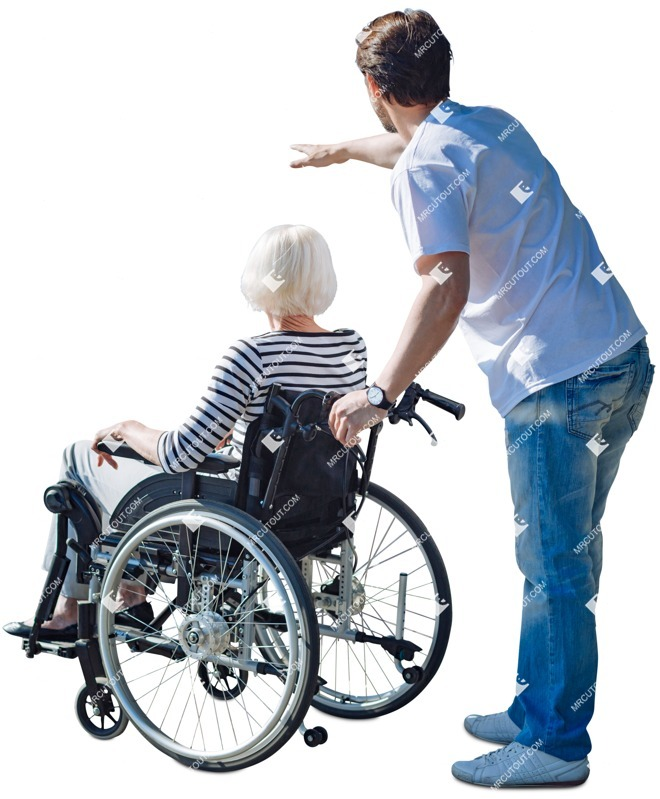 It includes 3 interrelated aspects:
It includes 3 interrelated aspects:
- Communicative,
- Interactive,
- Perceptual.
Counselors need to think carefully about all the questions they ask, as they should be easy to understand and appropriate to the developmental level of the client. During the consultation, it is important to remember non-verbal means of communication, which include not only facial expressions and gestures, but also the organization of space and distance, the inclusion of pauses in the conversation, etc.
When communicating with a disabled person, counselors should also monitor their own speech and behavior. They must be able to listen and hear, penetrating into the inner world of the interlocutor and empathizing. This will help to understand the thoughts and feelings of the patient. This behavior will lead to more trusting relationships, creating an atmosphere of psychological security.
Some consultations can be supplemented with special games or exercises that are aimed at updating the disabled person's understanding of himself and his own problem (the problems of others). Some consultants in some cases use simple and quick testing.
Some consultants in some cases use simple and quick testing.
Psychological counseling of disabled people should consist of several stages. First of all, there is an acquaintance with a person by forming an emotional supportive atmosphere, explaining the features of counseling. Further, the problem of counseling and the correct line of solution are determined. This is the longest stage of work with a disabled person during the consultation. In this case, the responsibility lies entirely with the consultant. He should try to understand the interlocutor and his life principles in order to highlight problems or complaints, as well as reactions to what is happening.
It is important for a disabled person to have their say. It often happens that the request and the problem do not match. For this reason, it is important to correctly build interview questions, taking into account the relationship of a person. At this stage, as a rule, it is already possible to identify problems, among which the one that worries the client the most is selected. Subsequently, the consultant will return to solving secondary problems.
Subsequently, the consultant will return to solving secondary problems.
The next step is to summarize and discuss what the client wants. The consultant and the client jointly determine the likely solutions to achieve the desired, the first of them develops advice and recommendations. At the final stage, the key points of consultation with the definition of the prospects for the future are highlighted.
Separate features of psychological counseling for people with disabilities
Features of psychological assistance to people with disabilities are that counseling will be considered productive if it starts from adolescence. It is during this period that frequent personal problems occur that relate to understanding the existing defect. The consequence of this is low self-esteem (in rare cases - overestimated). Of course, such awareness manifests itself at an earlier age, but it is expressed to a lesser extent.
Psychological counseling for disabled people is carried out according to the same algorithm as counseling for healthy people. However, there are some differences in approaches to the person. They are associated with the limited health opportunities that a disabled person has, as well as with the problem with which he came to a consultant.
However, there are some differences in approaches to the person. They are associated with the limited health opportunities that a disabled person has, as well as with the problem with which he came to a consultant.
If children with disabilities are being counseled, the counselor should focus on getting them to start accepting themselves for who they are. A child with disabilities needs recognition of uniqueness. It is important for him to increase confidence and allow him to activate the emotional sphere.
When it comes to counseling adolescents with disabilities, the counselor must ensure their psychological safety. It is important to teach such children to see in themselves not only shortcomings, but also positive qualities. Adolescence and in healthy children passes with crisis phenomena, and for a disabled person this process is even more difficult.
For the purpose of productive psychological counseling of disabled people within the framework of psychological assistance to people with disabilities, specialists organize lectures, discussions and trainings.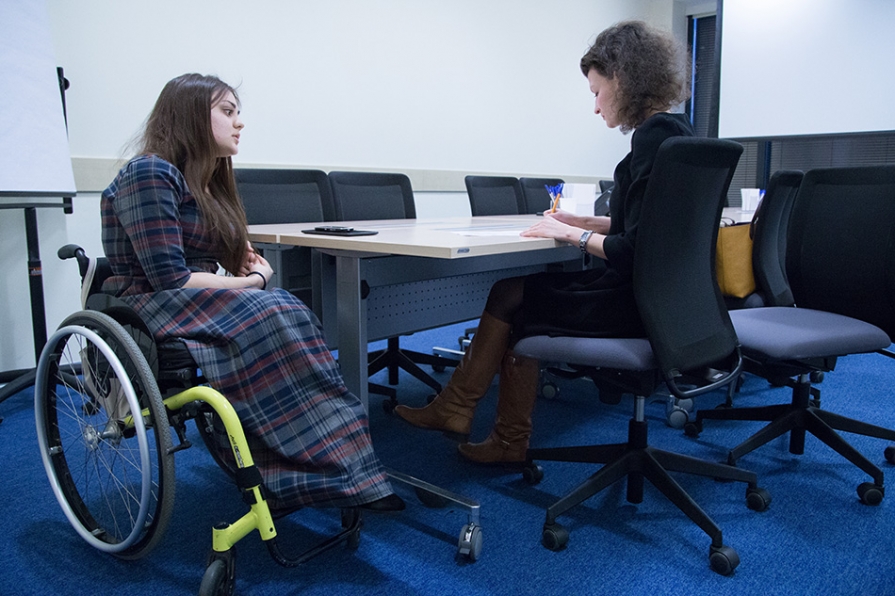 Often people with disabilities in solving their psychological problems are helped by examples of successful resolution of similar issues in other people with the same disabilities.
Often people with disabilities in solving their psychological problems are helped by examples of successful resolution of similar issues in other people with the same disabilities.
Comprehensive program of psychological support for people with disabilities in a rehabilitation center
A comprehensive program of psychological support for people with disabilities is innovative. Its novelty and specificity lies in the use of a complex selection of various techniques borrowed from various psychological areas and their synthesis in order to achieve the most positive effect in a short period of time in one rehabilitation cycle. In the correctional process of the work of psychologists, not only classical methods are used. Non-standard, extraordinary ways of solving a problem often turn out to be effective, which makes it possible to find an approach to various categories of clients, taking into account their worldviews and positions, a motley range of individual, local pictures of the world, individual adaptations to interact with their own defect, and more often with its phantom, which persists even after effective surgical, medical or physiotherapeutic treatment. This allows in a short time to solve the tasks assigned to the psychologist as much as possible.
This allows in a short time to solve the tasks assigned to the psychologist as much as possible.
The program of psychological support in a rehabilitation center is based on the basic postulates of a holistic approach, which is due to the trend of mutual complementation. The holistic approach (Z. Freud, K. Jung, A. Adler, K. Horney, J. Moreno, K. Rogers) allows you to combine elements of various methods of work: music therapy, film therapy, psychodrama, aromatherapy, art therapy, fairy tale therapy, bodily oriented therapy and more. etc. into a single process, which contributes to the comprehensive, holistic development of the individual.
Work experience shows that only the use of an integrative approach, the synthesis of various forms of activity allows you to get a quick, effective result of psychological correction. The inclusive nature of the correctional process allows people with different forms of disabilities to easily interact with each other. After completing a rehabilitation course, people with disabilities show positive dynamics: the circle of social contacts expands, the nature of interaction improves, the level of self-confidence increases, new goals are formed, the emotional-volitional sphere is harmonized, a desire for self-realization appears, new opportunities and prospects open up. development.
development.
Criteria for evaluating the effectiveness of the program: for a three-week rehabilitation course, there is an improvement in the general well-being of the group members, a change in personal life and professional career, a weakening or complete disappearance of psychosomatic symptoms, an increase in the level of energy charge, which is manifested in an increase in working capacity and concentration of attention when achieving goals, it improves quality of life, the number of possible behavioral choices increases, a subjective sense of stability appears, interpersonal relationships improve. In order to distinguish the subjectively significant results of the client from objectively observed improvements, a medical and psychological examination is carried out at the beginning and end of the cycle.
The main directions of psychological support for persons with disabilities are: psychological diagnostics and personality examination, socio-psychological counseling, socio-psychological training, psychological assistance, psychological correction, career guidance, post-rehabilitation support, psychological support for employees.